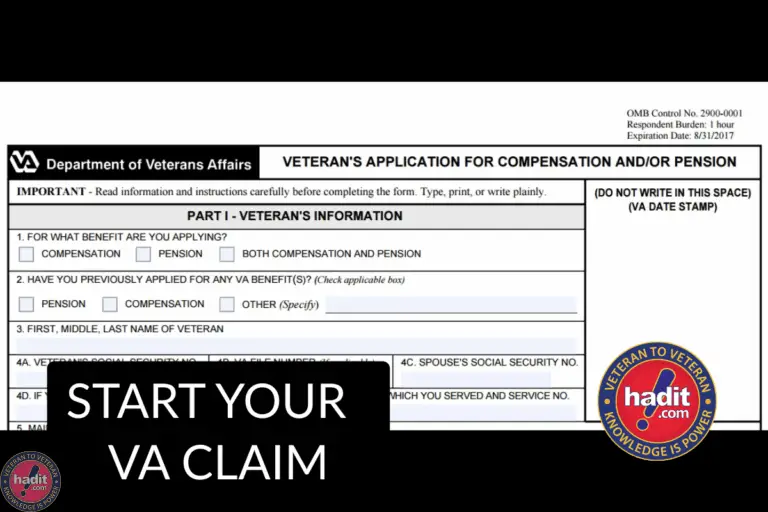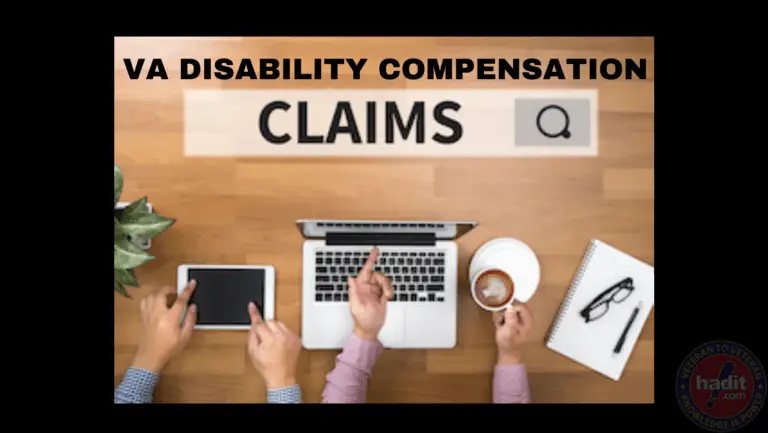Understanding Service Connection: The Core of Your VA Disability Claim
If you don’t understand service connection, nothing else matters.
You can have all the symptoms in the world, get treated every week, and still get denied. Why? Because VA compensation isn’t about whether you’re sick — it’s about whether VA says your condition is connected to your military service.
This article breaks it down in plain English — what service connection is, the different ways to prove it, and how to fight back when the VA says no.
🔧 What Is Service Connection?
At its core, service connection means the VA agrees your current condition was caused or made worse by your time in uniform.
To win, you need three things:
- A current diagnosis
- An in-service event, injury, or illness
- A medical link between the two (called a “nexus”)
This three-part requirement is known as the
Caluza Triangle — based on the case Caluza v. Brown. If you don’t have all three elements, the VA will deny your claim. Know the rule, build your evidence.
No nexus? No claim. Simple as that.
🔎 Let’s Break That Down
1. You need a diagnosis
Not just “my back hurts” or “I get headaches.” You need a real diagnosis in your medical records — VA or civilian.
2. Something happened during service
An injury, an illness, a toxic exposure, a traumatic event. It needs to be documented or at least credible. If your service records are thin, buddy letters or personal statements can help fill the gaps.
3. You need a nexus
This is the linchpin. A doctor (ideally one who knows how to speak VA language) needs to say your condition is “at least as likely as not” caused by your service.
That phrase — at least as likely as not — is everything. It means 50/50. VA is supposed to give the benefit of the doubt if it’s a tie.
📂 Different Ways to Get Service Connection
✅ Direct Service Connection
You got hurt or sick in service. Still dealing with it now. This is the cleanest path — if you’ve got solid records.
✅ Presumptive Conditions
VA has a list of situations where they assume your condition is service-connected:
- Vietnam service? Agent Orange presumptives
- Gulf War? Chronic fatigue, IBS, brain fog
- Camp Lejeune? Contaminated water
No nexus letter needed — the presumption does the work.
✅ Secondary Service Connection
One condition leads to another:
- PTSD causes insomnia
- Back injury causes radiculopathy
- Pain leads to depression
These are valid claims. Many vets miss out by not filing secondaries.
✅ Aggravation Claims
Had a condition before service, but it got worse while you were in? That’s compensable too — as long as it didn’t just follow its natural course.
✅ Chronicity and Continuity
Some conditions — like arthritis or diabetes — can be linked through a pattern of symptoms over time, even if they weren’t formally diagnosed during service.
🧾 What Kind of Evidence Helps?
- Service treatment records
- VA and private medical records
- Nexus letters from doctors
- C&P exam results (when they’re accurate)
- Lay statements from you, family, or buddies
- Personal journals, logs, or emails showing symptoms over time
The more, the better — especially if your in-service documentation is weak.
⚠️ Why VA Denies So Many Claims
- No diagnosis
- No evidence it started in service
- No nexus
- Weak or hostile C&P exams
- Missing records
- “Not well grounded” (they love that one)
They won’t connect the dots for you. You have to build the bridge yourself.
💡 Example: Migraine Claim
You didn’t go to sick call for migraines in service, but they started soon after a deployment. You’ve had continuous treatment since. A neurologist writes a statement that it’s at least as likely as not linked to blast exposure during combat.
That’s a strong claim — even without in-service treatment records. Continuous symptoms + a solid nexus = a shot at winning.
💬 Real Talk
Most claims aren’t denied because vets are faking or lying. They’re denied because the VA doesn’t have the full picture. That’s on them — but it’s on you to fix it.
- Get a good doctor’s opinion.
- Be specific about what happened and when.
- Don’t assume the VA will go digging through your records to find it.
- Always follow up — and always appeal when it’s worth it.
🧠 If You’ve Been Denied
Denials are frustrating — but they’re not the end of the road. You’ve got options:
- Submit new evidence
- File a Supplemental Claim
- Request Higher-Level Review
- Appeal to the BVA
And while you’re at it, clean up your claim — tighten your nexus, add buddy letters, document your symptoms better.
📚 More Help
- 👉 VA C&P Exam: What the Examiner Wants You to Know
- 👉 How to Write a Lay Statement
- 👉 Understanding VA Back Pay
Final Word
If you take nothing else from this, remember: Service connection is the gatekeeper.
No connection, no benefits.
But once you open that gate? Everything else — ratings, back pay, SMC, secondary claims — becomes possible.
Stick with it. Get help if you need it. You’re not alone — and HadIt.com’s been in this fight for decades.




